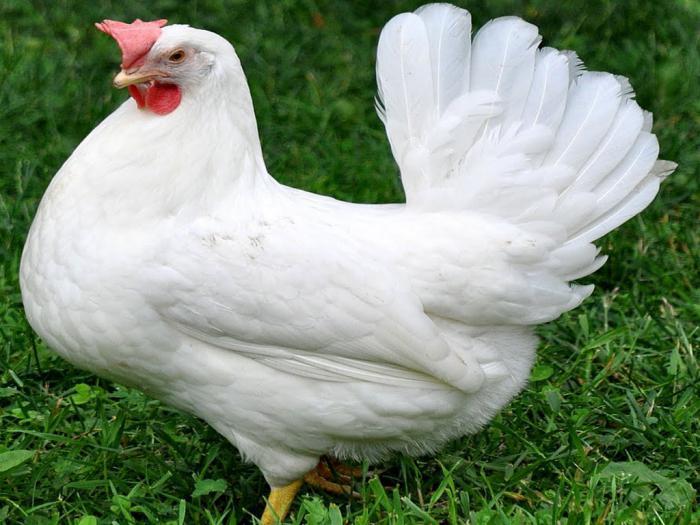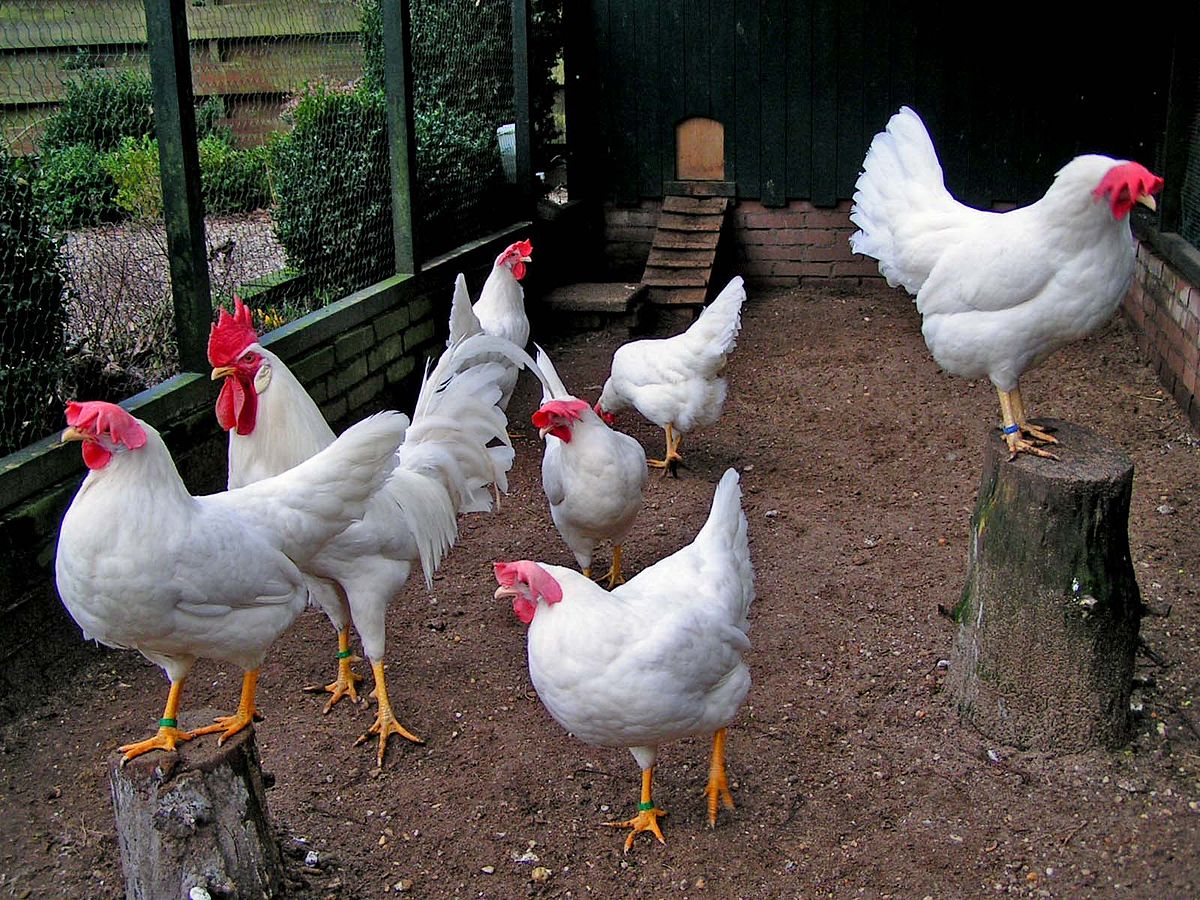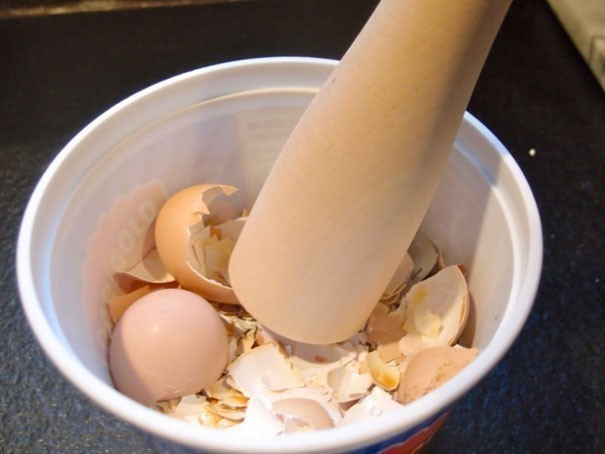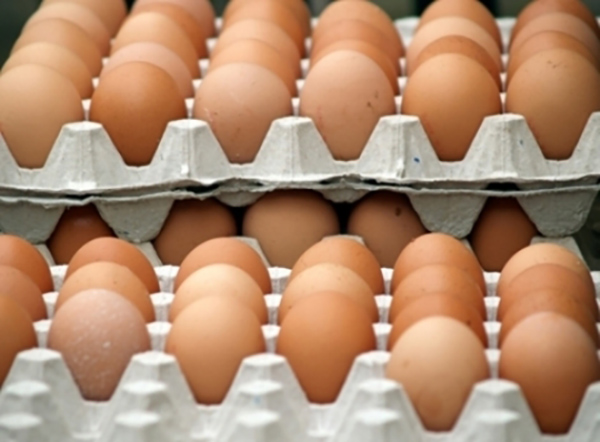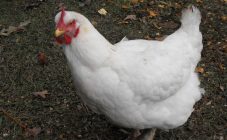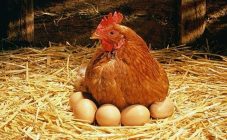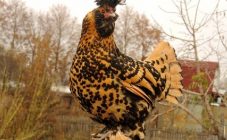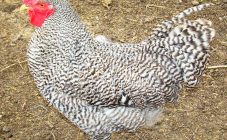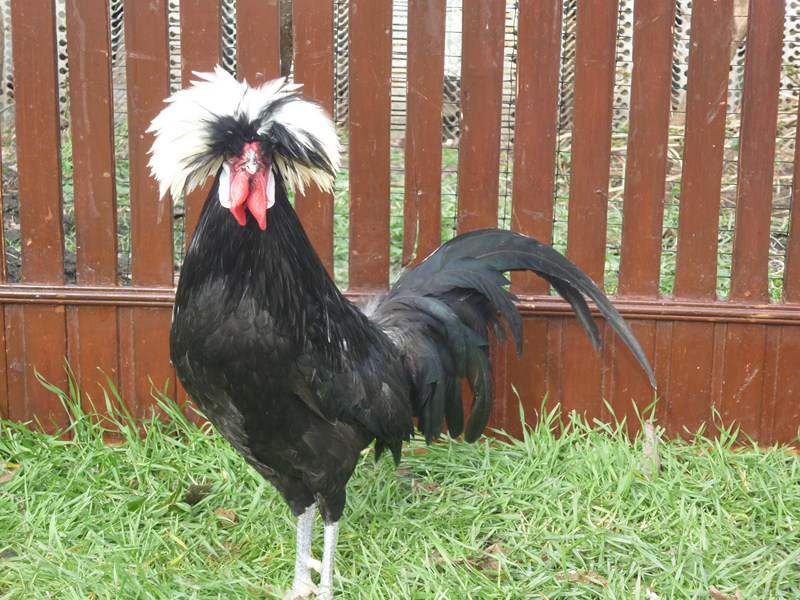Content:
Representatives of the Leghorn breed of chickens practically have no external features in comparison with other layers. They are popular among farmers and poultry breeders due to their high egg production. Chickens Leghorn are distinguished by a high level of productivity, endurance, as well as quick adaptation to weather changes. It is for these reasons that chickens are preferred and raised both on the farm and in private households.
History of the origin of the breed
The history of the Leghorn chickens breed goes back to sunny Italy, where it was bred and given the name of a popular seaport. In the past, chickens were not as popular as they are now because the egg production rate was not so high. To correct this, in many states of America, birds were actively crossed with representatives of Spanish and Japanese breeds, as well as with the Minorca.
After the birds were taken to European countries, scientists carried out breeding work aimed at increasing the productivity and growth of young animals. As a result, the birds were bred, which became a key element for obtaining the Leghorn breed, the characteristic features of which became indicative and vivid. The Leghorns were imported into the Soviet Union in the mid-1920s, but since the 60s, the import has become more widespread. Laying hens were brought from the United States, Japan, Denmark and the UK. Poultry farming in the country began to acquire an industrial scale.
Leghorn breed of chickens description
In Russia, Leghorns are most common, with white plumage, but representatives of this breed can have black, brown, motley, blue and even golden feathers. It is customary to include the following to the distinctive external features of a bird:
- small size and weight;
- vertical blade-shaped body;
- the skin of young animals has a yellow tint, and in adults it is flesh;
- the body is elongated, and the chest is developed and rounded;
- medium head size, leaf-like type at the crest, which hangs down in females, and in males is always in a standing position;
- earlobes have a characteristic blue or white color; earrings have a shade of bright red.
The mass of one adult Leghorn hen ranges from 1.5 - 2 kg, but the Leghorn rooster is slightly heavier - its weight is 2.7 kg. Birds begin to lay actively in the fifth month of life, and the productivity ranges from 200 to 300 or more eggs per year. The egg of a one-year-old chicken weighs 60 g, the shell has a strong structure and a snow-white color.
Fertility is high, reaching 95% out of 100. Leghorn chicks are born strong, and after two weeks they begin to plumage. In order for a laying hen to form one egg, she will need 150 g of feed. Daily feed intake varies from 110 to 150 g. As for the hatching instinct, it is completely absent in chickens.
It is worth noting that there are several varieties, namely white Leghorn and dwarf laying hens.Representatives of the white species thrive in northern and southern climates, but they are grown in most cases on farms. Dwarf Leghorns have a recessive dwarf gene and are popular for their high survival rate and egg production.
Features of breeding Leghorn chickens
Leghorn chickens lead an active lifestyle, they are almost always on the move. It is for this reason that they need to be kept in a hen house, where the possibility of walking is provided. Due to the small size of the chickens, you can save space when choosing a pen. In order to guarantee the full development of the bird, the place of detention must be provided with good lighting and fresh air.
Only fresh food should be included in the diet of the Leghorns. Nutrition should be balanced, with the obligatory inclusion of minerals and proteins in equal parts. Chicks need to be fed with protein food - cottage cheese or egg yolk; on the second day of life, it is recommended to introduce millet groats. On day 4, chicks can be mixed with green food from dandelion, onions and nettles.
To strengthen the immune system, add crushed eggshells, and on the 5th day, you can mix in chalk. When the chickens reach 21 days of age, you need to switch to an adult diet, and also limit food intake from 6 to 3 approaches. In the process of feeding adult birds, various components are used, namely:
- bone meal;
- a piece of chalk;
- corn;
- slaked lime;
- several mineral supplements.
Leghorn is a cold-resistant chicken breed due to the high density of the bird's feather cover. But their egg production increases only if kept in a warm room, where the thermometer mark does not drop less than 5 degrees. The nest should be equipped with a warm bedding, the thickness of which should be 50 cm. For the construction of such bedding, you can use hay, sawdust or straw, which acts as an additional source of heat.
It is worth noting that the industrial economy is often distinguished by an increased level of noise, which can provoke such a disease in layers as noise hysteria. Birds can become angry with each other, flapping their wings, hitting walls and screaming loudly. The consequence of the disease may be that the birds will have injuries, feathers will fall out, and egg production will decrease.
Advantages and disadvantages of the Leghorn breed
Having studied in detail the characteristics and description of Legrand chickens, it is also necessary to highlight some of the advantages and disadvantages of this species. The positive qualities include:
- birds have high egg production, consume minimal amounts of food and lay large eggs;
- puberty of Leghorns occurs at an accelerated rate (no more than 5 months), they are distinguished by the maximum hatching of chickens and high fertility;
- the eggshell is brown, while the stores sell eggs with white shells.
The negative qualities include the possible tantrum of birds, which is caused by bright light and noise. Due to the lack of maternal instinct, as well as the incubation instinct in the process of raising chickens, an incubator may be needed.
Before deciding to breed this bird, experienced farmers recommend that you fully and in detail study the description of the Leghorn chicken breed, familiarize yourself with the nuances of growing, as well as the advantages and disadvantages in comparison with other poultry.
